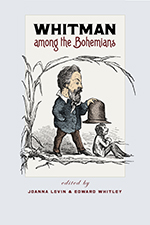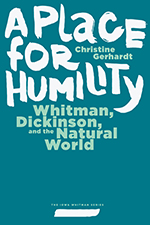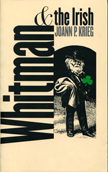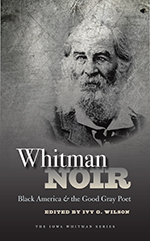Whitman among the Bohemians
“Walt Whitman had an enormous creative surge just before the Civil War, composing many of his greatest poems. During the same period, he was also frequenting Pfaff’s, a beer cellar in lower Manhattan that was home to a raffish crowd of artists, actors, writers, and drinkers. We’ve long needed a study that places Whitman within this bohemian context; thanks to Joanna Levin and Edward Whitley’s collection, we at last have one. Whitman among the Bohemians is filled with theoretically sophisticated essays that offer important new interpretations not only of Whitman’s poetry, but also of the culture of American bohemianism.”—Michael Robertson, author, Worshipping Walt: The Whitman Disciples
“Incisive in argument and rich in historical detail illuminating the material, social, and cultural conditions of the poet's authorship, Whitman among the Bohemians tells us of advertisements, puffery, parodies, controversies both ginned-up and real, factions and flub-drub and feuilletons, modern technology and German beer, presses and publics and the Fred Gray Association. A terrific, stimulating collection of essays.”—Daniel Cottom, author, International Bohemia
For several years just before and just after his 1860 edition of Leaves of Grass appeared, Walt Whitman regularly frequented Pfaff’s beer cellar in downtown Manhattan. The basement bar was the very center of mid-nineteenth-century American bohemian activity and was heavily patronized by writers, artists, musicians, actors, intellectuals, and radicals such as free-love advocate Henry Clapp, Jr., and Broadway succès de scandale Adah Isaacs Menken. Numerous creative and political ventures emerged from this environment, and at least two bohemian literary weeklies, The New-York Saturday Press and Vanity Fair, shared origins around the tables at Pfaff’s.
Stephanie Blalock, Ruth Bohan, Leif Eckstrom, Logan Esdale, Amanda Gailey, Karen Karbiener, Joanna Levin, Mary Loeffelholz, Eliza Richards, Ingrid Satelmajer, Robert J. Scholnick, Edward Whitley






